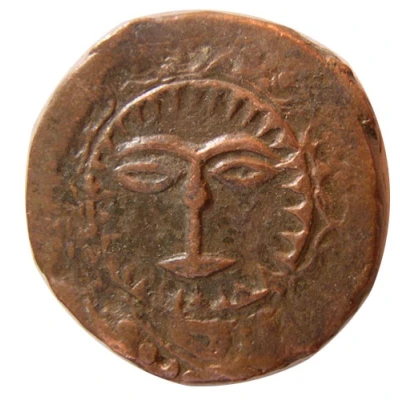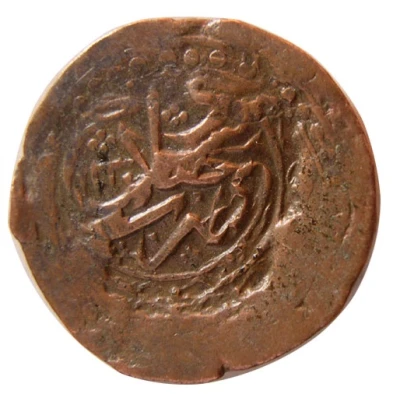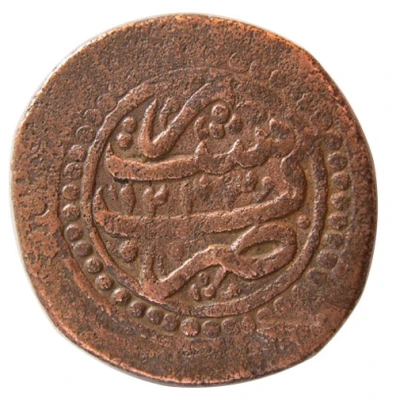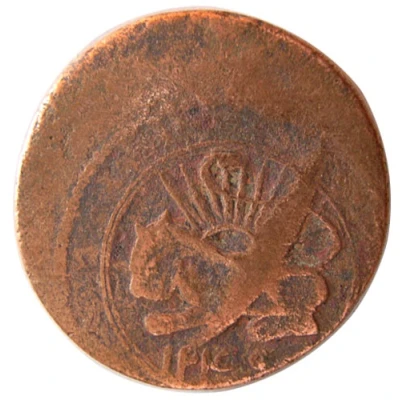
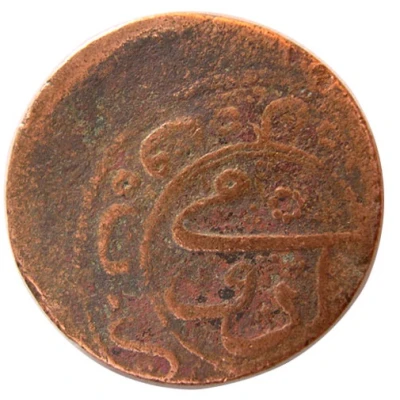

© سامعی (CC BY)
Falus - Fat'h Ali Qajar Orumiyeh
1240 (1825) year| Copper | 10.12 g | 25 mm |
| Issuer | Iran |
|---|---|
| Shah | Fath-Ali Shah (1797-1834) |
| Type | Standard circulation coin |
| Year | 1240 (1825) |
| Calendar | Islamic (Hijri) |
| Value | 1 Falus (0.050) |
| Currency | Qiran (1825-1932) |
| Composition | Copper |
| Weight | 10.12 g |
| Diameter | 25 mm |
| Shape | Round (irregular) |
| Orientation | Coin alignment ↑↓ |
| Demonetized | Yes |
| Updated | 2024-10-05 |
| Numista | N#287194 |
|---|---|
| Rarity index | 97% |
Reverse
Mint on the obverse: Orumiyeh, within a circle, letters of F, L, S, Z, R, B on the outer part of circle
Lettering:
ف ل و س ض ر ب
ارومی
Edge
Plain
Interesting fact
One interesting fact about the Falus - Fat'h Ali Qajar (Orumiyeh) 1240 (1825) coin from Iran is that it features a unique blend of Islamic and Persian architectural elements on its design. The obverse side of the coin depicts the gate of the Golestan Palace in Tehran, which was built during the Qajar dynasty and is a prominent example of Persian architecture. The reverse side of the coin features a stylized representation of the Imam Mosque in Isfahan, which was built during the Safavid dynasty and is considered one of the finest examples of Islamic architecture in Iran. This blend of architectural styles reflects the rich cultural heritage of Iran and the influence of various dynasties that have ruled the region throughout history.
